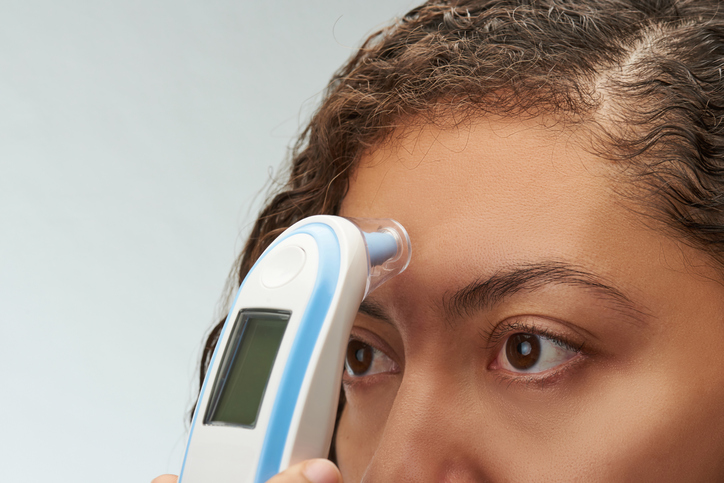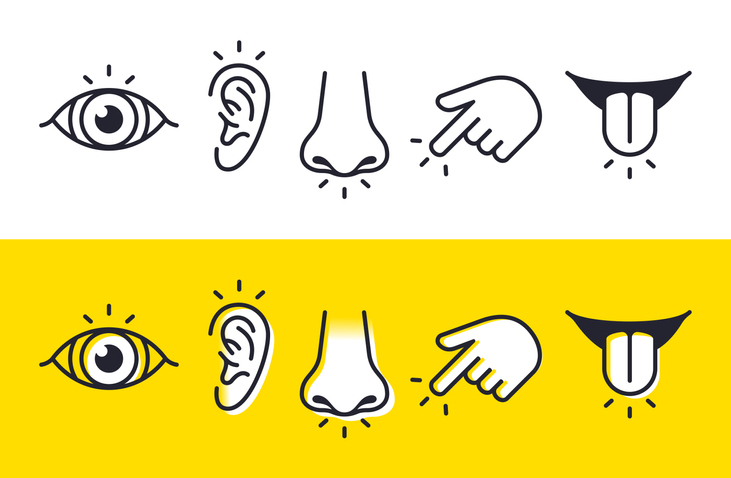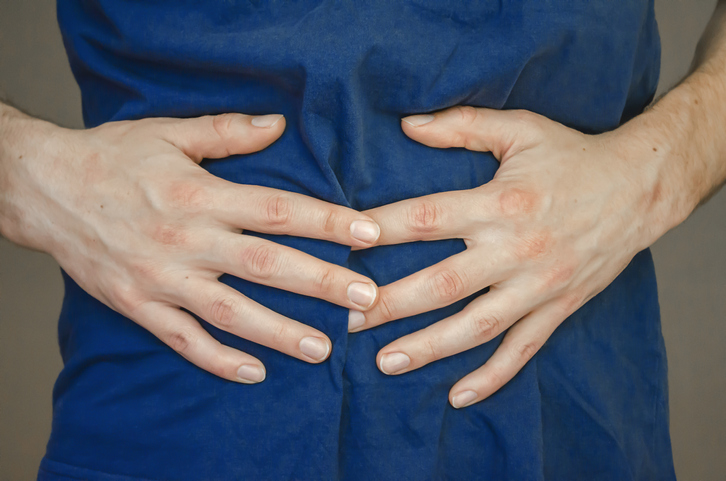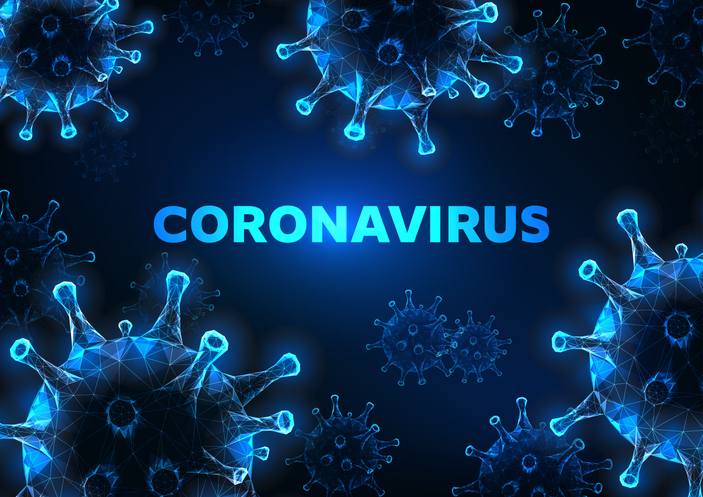Coronavirus covid 19
Don't Down your Guard: COVID is Still Here and These are Its Symptoms
Know them and protect yourself from them
By Pan-American Life
Publicado:
Publicado:
Across the world quarantines are being lifted. Economies are gradually reopening and attendance at open air gatherings is increasing, but be careful, Coronavirus hasn’t gone anywhere, and we are still in the middle of a pandemic. Areas that have relaxed safety measures are seeing a resurgence in cases. As such, it’s more important than ever to be aware of the symptoms of COVID-19 and avoid contracting the virus.

It has already been proven that the virus is spread from person to person through particulates that are expelled when sneezing, coughing, and even talking. Because of this, when many people congregate without masks and without following social distancing guidelines of 6 feet (2 meters) apart, they have a higher risk of becoming infected and eventually developing COVID-19.

Symptom 1. Fever and Chills
Both are common symptoms of many infectious processes related to the upper respiratory tract. However, nowadays, having them could mean COVID-19. Keep in mind that a person who develops this infection may only show some of these symptoms, but not necessarily all.
Symptom 2. Cough and Sneeze
Sneezing and coughing are sudden, forced and involuntary explosions of air through the nose and mouth. This force causes millions of quickly-travelling virus particles to be expelled, some of which are nearly Olympic, easily jumping 6 feet—the logic social distancing is based on.
Symptom 3. Difficult to Breathe
This happens when you feel that you can’t breathe and your chest is tight. It can happen suddenly or gradually. With COVID, it follows the same pattern, but appears to get more severe as the days go by. It can become so extreme that some patients need an artificial respirator to breathe well.
Symptom 4. Muscle Pain
Although in the majority of cases this is related to exercise or some type of physical exertion, muscle pain can also be a sign of COVID-19 and illnesses that can affect the entire body. For example, other infections (like colds) and diseases affecting connective tissues (like lupus), can cause pain.
Symptom 5. Headache
The most symbolic symptom is general malaise. Alone it can cause a wide range of conditions, from simple tension and exhaustion, to brain tumors. For COVID-19, it generally appears along with other kinds of physical signs.
Symptom 6. Loss of Taste and Smell
A study carried out in Europe analyzing the symptoms of COVID confirmed that 89% of patients reported a loss of these two senses. It is a disorder known as anosmia. Although almost all patients recovered their sense of smell and taste, some suffered more permanent problems with smell.
COVID and the Neurological System
New studies show that COVID-19 is more than a respiratory disease, and that some patients’ entire nervous system is compromised. An explanation scientists are considering is that since it is a virus affecting the lungs and heart, it prevents the brain from getting enough oxygen, causing neurological symptoms.
Symptom 7. Sore Throat
According to a study carried out by the World Health Organization in China with 55,000 COVID-19 patients, only 13% of them had a sore throat. Despite this, doctors still consider it as an important symptom to pay attention to, especially when combined with others on the list.
Symptom 8. Fatigue
This is one of the most common symptoms of viral infections. A sensation of extreme exhaustion that occurs beyond the working to the limits our human ability. It requires horizontal rest, meaning you can only lie down. 12 This is a typical symptom of the less severe form of COVID-19 experienced by 80% of patients. This is why many people confuse it with the common cold, especially if they don’t have a fever.
Symptom 9. Nasal Congestion
It's a typical symptom of a mild form of COVID, the one that suffer 80 percent of people infected. That is the reason a lot of people mistake COVID with a common cold, especially if they don't develop fever.
Symptom 10. Nausea and Vomits
These two symptoms represent the combination of digestive problems caused by COVID-19. Researchers believe that the novel coronavirus attacks not only the respiratory system, but also the digestive tract and liver tissues, which can cause nausea and vomiting.
Symptom 11. Stomach Pain and Diarrhea
It also causes digestive symptoms, stomachaches and diarrhea in less severe cases of COVID-19. In fact, for people with light cases of the infection, these may be their only symptoms.
The first cases of infections from the novel coronavirus were recorded in Wuhan, China, in December of 2019. In three months, cases had spread to every country in the world. In January, Chinese scientists obtained the complete genome sequence of this coronavirus, allowing for tests to be created to diagnose it. The scientific community is working against the clock to develop treatments, and eventually, a preventative vaccine.

Safe Reopening
Until then, despite communities reopening their economies and people returning to work, we should not forget that the coronavirus still exists. It’s here to stay, and the pandemic isn’t over—it’s an evolving reality.
Everybody Can Stop the Virus
As such, remember that if you use a mask in public, maintain social distancing, and wash your hands frequently, you can not only prevent yourself from catching coronavirus, but also stop its spread in your community. We are all responsible for helping to end the COVID-19 pandemic.
CDC, Medline plus, Cleveland Clinic, Mayo Clinic, OMS, Annals of Neurology, Hopkins Medicine.


